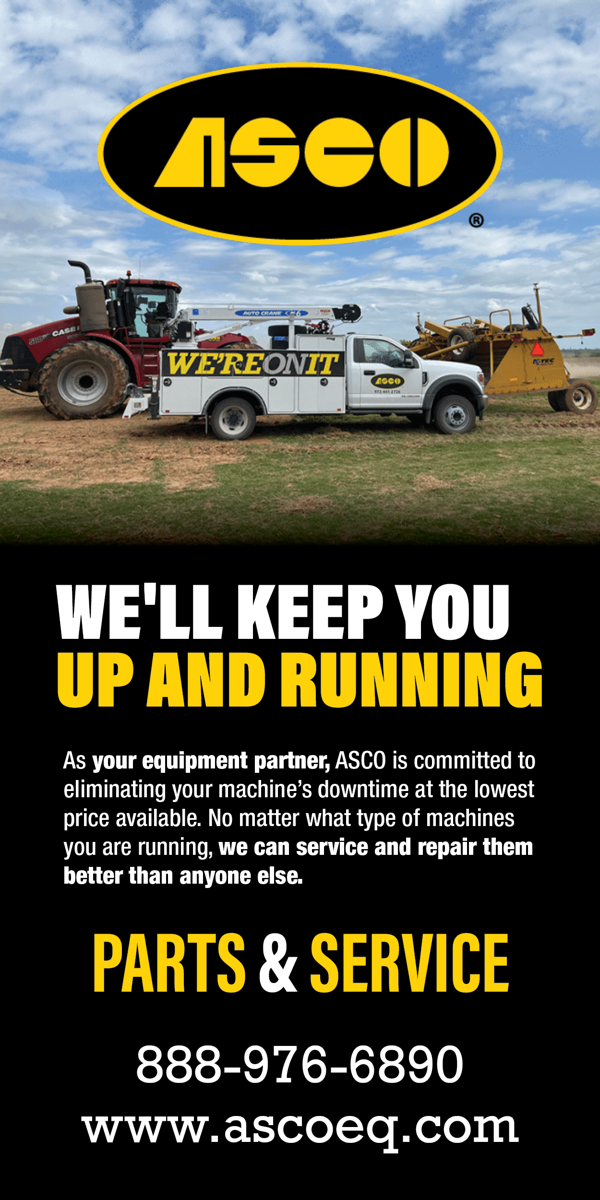Revising your business strategy is an opportunity to innovate and explore new ventures, setting the stage for growth and diversification. Your strategic pivot can create a resilient and forward-thinking enterprise that responds to the needs of both customers and employees.
Here are five aspects to keep in mind as you refine your business strategy.
This concept emphasizes diligent measurement of the value of your products or services, enabling more informed decision making and stronger value propositions.
- Craft your value metrics: Establish metrics that quantify value from multiple dimensions. For example, a software company might measure customer value through user engagement metrics, subscription renewal rates, and customer feedback scores to guide product development and customer support enhancements.
- Measure performance: Assess how strategic decisions affect financial indicators that matter. Rather than relying solely on traditional EBITDA metrics, you might quantify a broader understanding of your company's value by assessing its mix of revenue types in the context of its overall target market valuation, including debt.
- Visualize value communication: Use digital dashboards and mobile apps that provide real-time metrics on the performance and impact of your products or services. These tools streamline access to financial health indicators while supporting informed strategy execution.
- Implement value-based pricing: Align your pricing strategy with the value that your customers perceive. Premium brands use this approach to price their products according to perceived quality and prestige.
- Optimize resource allocation: Use value metrics to guide investments in projects and initiatives that offer the highest return, ensuring the efficient use of resources. For example, a company might use value metrics to prioritize a new product line projected to meet emerging market needs.
- By quantifying value, companies can make informed decisions, prioritize investments, and communicate their value proposition better.
- Embrace AI and automation: Integrate AI-driven technologies. Predictive analytics are personalizing customer interactions, driving efficiency in internal processes, and optimizing supply chains.
- Upgrade technology infrastructure: Modernization of your business means modernizing your technology and infrastructure. This involves cloud computing for flexibility and scalability, cybersecurity measures to protect data, and IoT/5G-enabled devices for better connectivity and insights.
- Foster digital culture: Embrace continuous learning, innovation, and agility. Encourage teams to experiment with new technologies and methodologies to drive forward-thinking solutions.
- Transform your people experience: Focusing on your people creates a competitive advantage. Modernizing your human resources function or enhancing the employee experience can drive business success.
- Leverage data analytics: Use advanced data analytics and AI to enhance customer engagement.
- Adapt rapidly to consumer trends: Leverage technology to meet evolving expectations. This could mean developing new business models, such as subscription services or on-demand products, that cater to the consumer’s desire for convenience and personalization.
- Foster a culture of adaptability: Integrate change management into the core of your operations. Encourage teams to embrace innovation and flexibility, facilitating quick pivots in strategies when facing new market conditions or challenges.
- Invest in versatility technology: Implement systems and technologies that support rapid adaptation and scalability, ensuring your business responds to changes without significant delays or costs.
- Build a robust contingency plan: Develop comprehensive contingency plans that address potential risks and outline clear response strategies, minimizing downtime and maintaining operational continuity in crisis situations.
- Empower decision making at all levels: Streamline decision making processes to enhance responsiveness, allowing frontline employees to make quick decisions within a strategic framework.
- Embrace sustainability: Emphasize ethical, sustainable, and socially responsible business practices in response to buyer values and in line with regulatory changes. For example, verifying that your supply chain does not include child labor or forced labor is both appealing to the consumer and in line with an ethical procurement policy. Supply chain reporting is also required by the Canadian Supply Chains Act and is in line with U.S. forced labor prevention laws.
- Adapt to regulatory requirements: Understand and integrate the requirements set by the recent California climate bills (SB253 and SB261) into your business operations, ensuring all sustainability reporting is comprehensive and transparent. If you operate in the European Union, you may be subject to global compliance reporting based on the Corporate Sustainability Reporting Directive.
- Transform your supply chains, systems, and data: Overhaul your supply chains and core systems to efficiently track, manage, and report on sustainability data, ensuring compliance and operational efficiency.
- Leverage sustainability for market advantage: Use your compliance initiatives as a marketing tool, highlighting your commitment to sustainability to attract consumers and business partners who value environmental and social responsibility.
- Invest in sustainability: Implement sustainable practices that increase your positive impact on the environment and your community. These policies and practices enhance your brand's value, reputation, and appeal.
- Prioritize empathy: Engage directly with users to understand their needs, challenges, and desires on a profound level. Use these insights to guide the design process, ensuring products and services not only meet functional requirements, but also resonate emotionally with users.
- Enhance the customer experience: Design your customer interactions to be as intuitive, enjoyable, and fulfilling as possible. This includes tailoring your communications, optimizing your touchpoints, and ensuring your products and services provide discernable value.
- Ignite product innovation: Identify unmet needs and areas for innovation. Develop products that not only solve problems, but also delight users, creating memorable experiences that set your brand apart.
- Pursue predictive personalization: Use advanced data analytics and AI to not only personalize products, services, and experiences but also to predict consumer needs before they are even aware of them. This involves analyzing engagement metrics and analyzing behavior patterns and preferences to forecast future desires, enabling you to offer solutions and experiences that meet consumers' needs preemptively.
- Build meaningful connections: Engage with your community and stakeholders through initiatives that demonstrate understanding and commitment to their wellbeing. This may involve sustainability efforts, community services, or programs that address specific societal issues, all of which build an emotional connection with your customers.
Modernization transcends digital transformation to encompass the broader integration of technologies such as artificial intelligence (AI), Internet of Things (IoT), and advanced analytics. This strategic shift reimagines your business model, processes, and customer experiences.

| Your local Wirtgen America dealer |
|---|
| Kirby-Smith Machinery |
| Nueces Power Equipment |
Understanding and investing in modernization means positioning your company at the forefront of innovation, ensuring agility, and enhancing operational efficiency. This creates an organization that adapts to current trends and anticipates future shifts, leveraging technology to drive growth, optimize customer engagement, and maintain a competitive edge.
This strategic pillar emphasizes creating a flexible organization that swiftly adapts to market shifts, technological advancements, and unforeseen challenges.

| Your local Bomag Americas dealer |
|---|
| WPI |
This focus on resilience and agility ensures your business is not just prepared to face disruptions but is also positioned to capitalize on opportunities that arise from changes.
In their book, “Conscious Capitalism,” John Mackey and Raj Sisodia emphasize the importance of businesses adopting sustainable practices as a core aspect of their operations. The book positions sustainability not just as a regulatory requirement but as an integral part of a conscious business strategy that drives long-term value creation for all stakeholders.
In light of the evolving regulatory landscape, particularly with the California climate laws and published SEC rules mandating disclosures and corporate sustainability reporting, it's crucial for businesses to adapt their sustainability strategies accordingly. This adaptation isn't just about compliance; it is an opportunity to innovate and align with the growing consumer demand for responsible business practices.

| Your local Bobcat dealer |
|---|
| Bobcat of North Texas |
| Compact Construction Equipment, Inc |
Through strategic adaptation and a proactive approach to sustainability, businesses can turn challenges and investments into competitive advantages, building a more sustainable and profitable future.
The emphasis has shifted toward human-centered design and radical empathy, guiding customer interactions, product development, and sustainable growth. This approach is about more than just products; it's about creating meaningful experiences that resonate on a personal level with consumers and employees.
By embedding these five principles into every aspect of your operations, you can create more meaningful, lasting connections with customers and employees. Revising your business strategy to reflect these principles can be a differentiator in today's competitive landscape, ensuring your brand remains relevant and competitive in the future.




































































